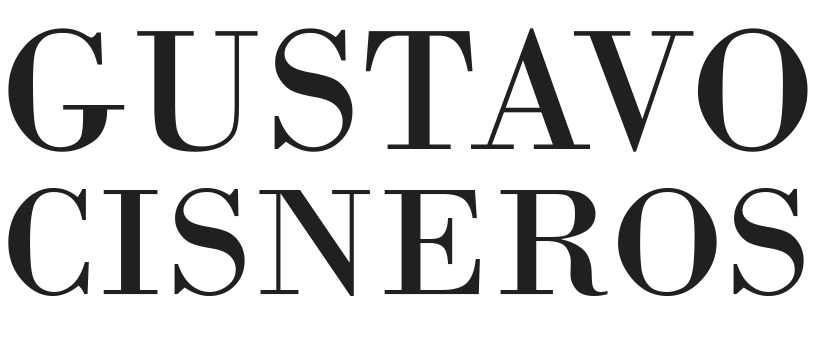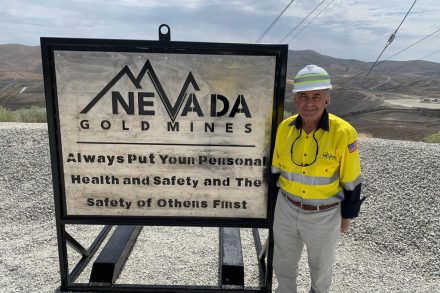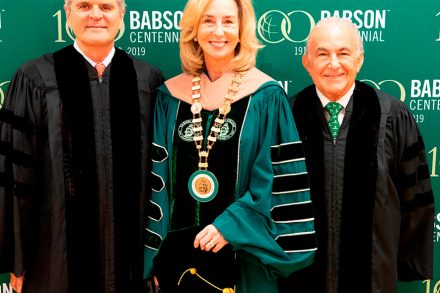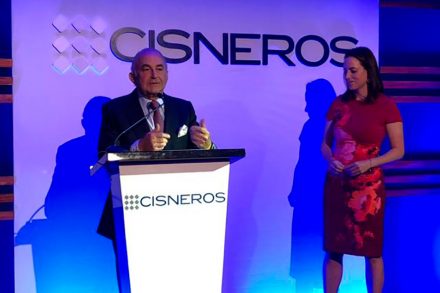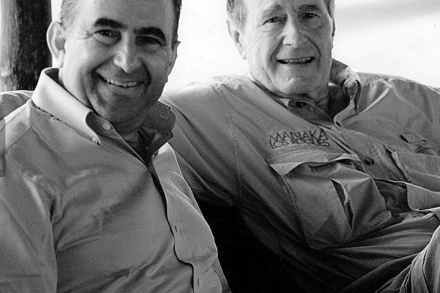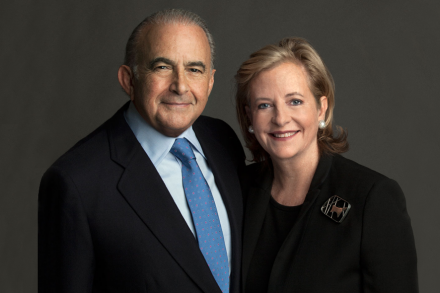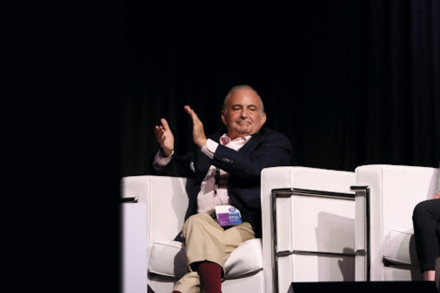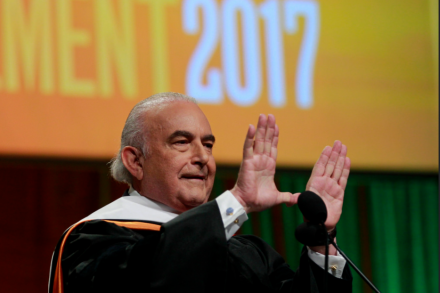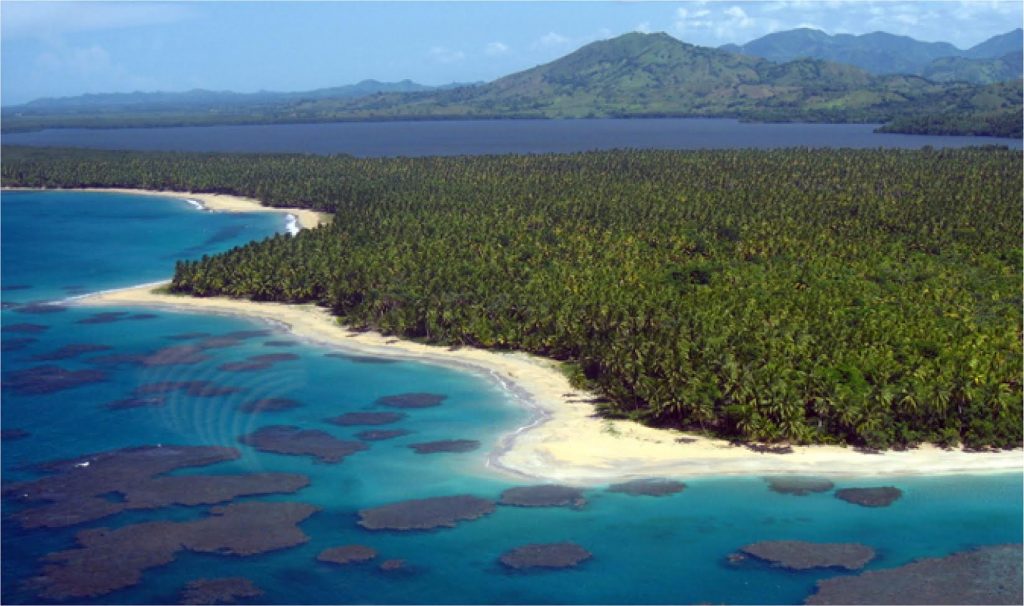Last month in July, one of Peter Munk’s biggest dreams finally became a reality through a joint venture between Barrick and Newmont Goldcorp: the Nevada Gold Mines. Peter Munk founded the Barrick Gold Corporation and was its CEO and Chairman for several years. The Nevada Gold Mines project aims to position the state’s north as the world’s biggest gold mining complex.
As Barrick’s CEO, Mark Bristow, has said, Nevada distinguishes itself as being a very attractive region for mining investment, not just because of its geological characteristics but because of the way the state government focuses on creating responsible and safe industry bodies that really benefit communities.
Some years ago, when I would often enjoy long and productive discussions with Peter Munk, he was already talking about the potential of that area and his dream to create a land of opportunities and wellbeing for its inhabitants. Our desire to leave a positive mark on everything we did was undoubtedly something that Mark and I shared. Unfortunately, my esteemed Peter did not live long enough to see his dream become a reality, however the fact he passed on has not meant his dream did too.
Today, thanks to the leadership of what he called the mining sector’s “dream team” with Barrick’s Executive Chairman John Thornton and Mark Bristow, Nevada Gold Mines is now a reality. Together, these two mining giants are driving Barrick towards ambitious goals and huge achievements that are focused on making the gold extraction company a world leader.
Proof of this is that Nevada Gold Mines will be the world’s largest gold mining complex by far. In fact, this project is forecasted to offer production and synergies of up to US$500 million each year during the first five years. Similarly, it will provide long term benefits even beyond the useful life of the mine, employment opportunities, benefits for local communities and suppliers, which should lead to greater economic development for Nevada.
To officially share this great news, last August 7 we were fortunate to visit the project along with the Nevada State Governor, Steve Sisolak; Mark Bristow, Barrick’s CEO and the Members of the Board — Lead Director Brett Harvey, Brian Greenspun, Christopher Coleman, Andrew Quinn, and Loreto Silva, who was recently elected as Independent Director.
I would like to pause for a moment on this last point. For over 16 years I have been a member of Barrick’s Board of Directors, either as Chairman of the Corporate Governance and Nominations Committee or as a member of the International Advisory Board and today I am extremely proud of Loreto’s integration. Having a new Latin American director is very meaningful and her experience in the legal field, particularly the energy sector, and her work leading the Chilean Ministry of Public Works will definitely be of great value to Barrick.
During my time collaborating with Barrick, something I have most valued has been the opportunity to closely witness dreams becoming realities and projects improving the quality of life in communities.
I am sure I will soon be able to share the progress made at the Nevada Gold Mines with you.

